

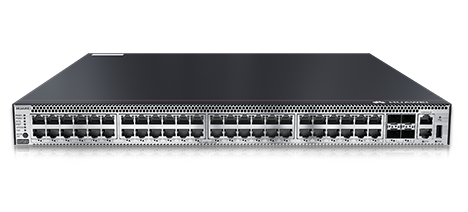
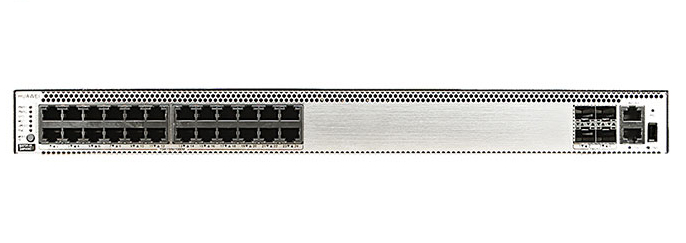

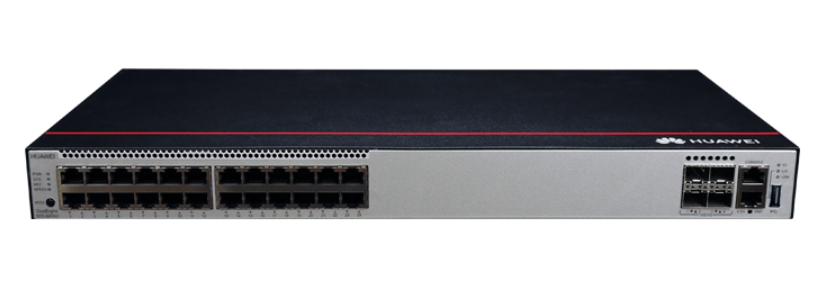
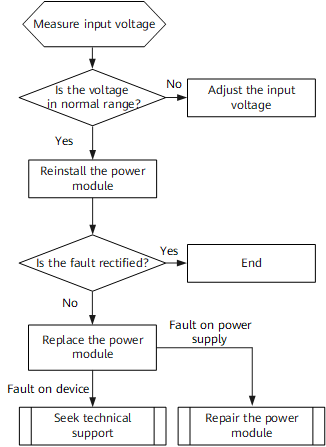


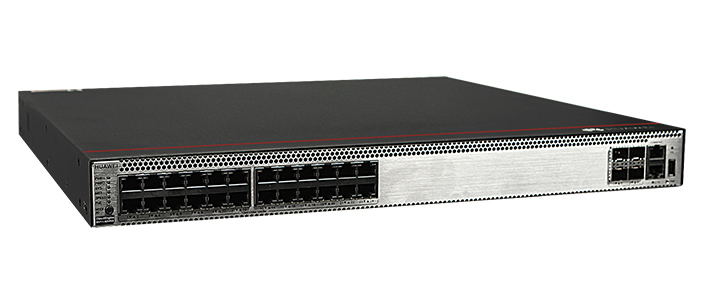
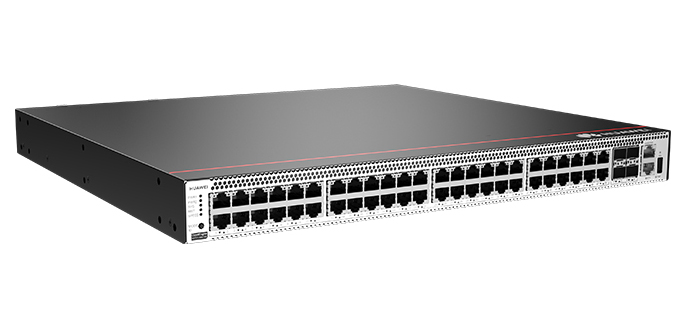
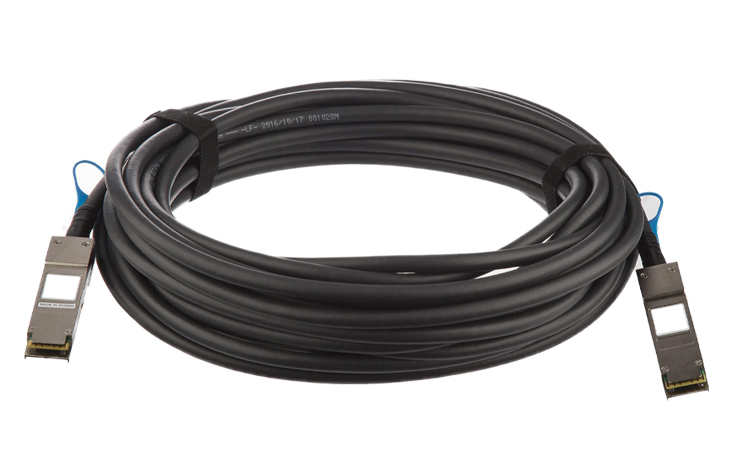
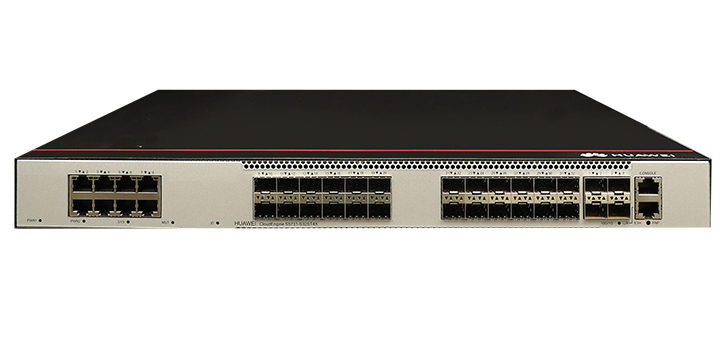
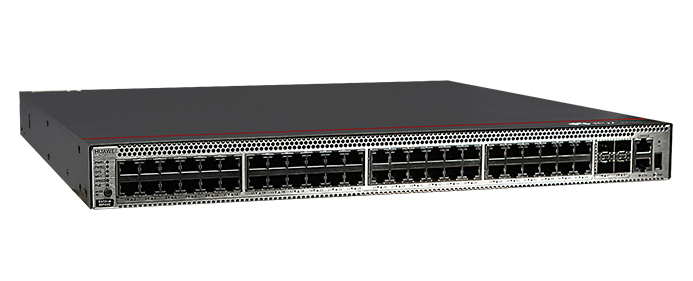
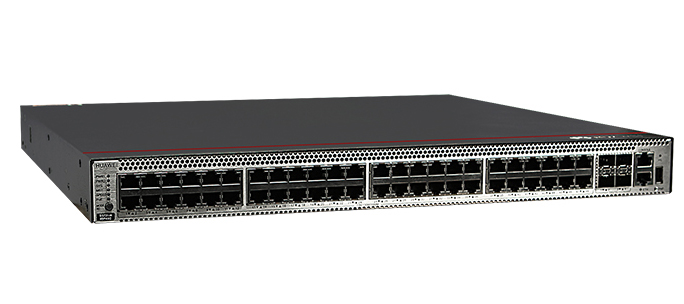



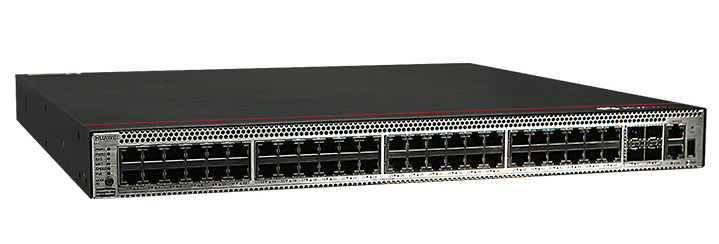

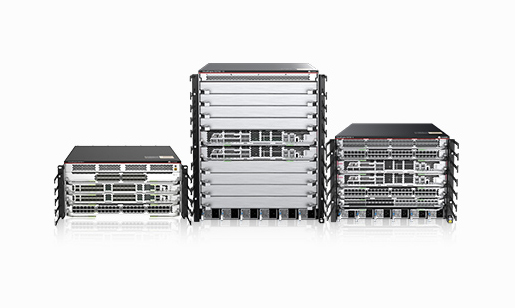



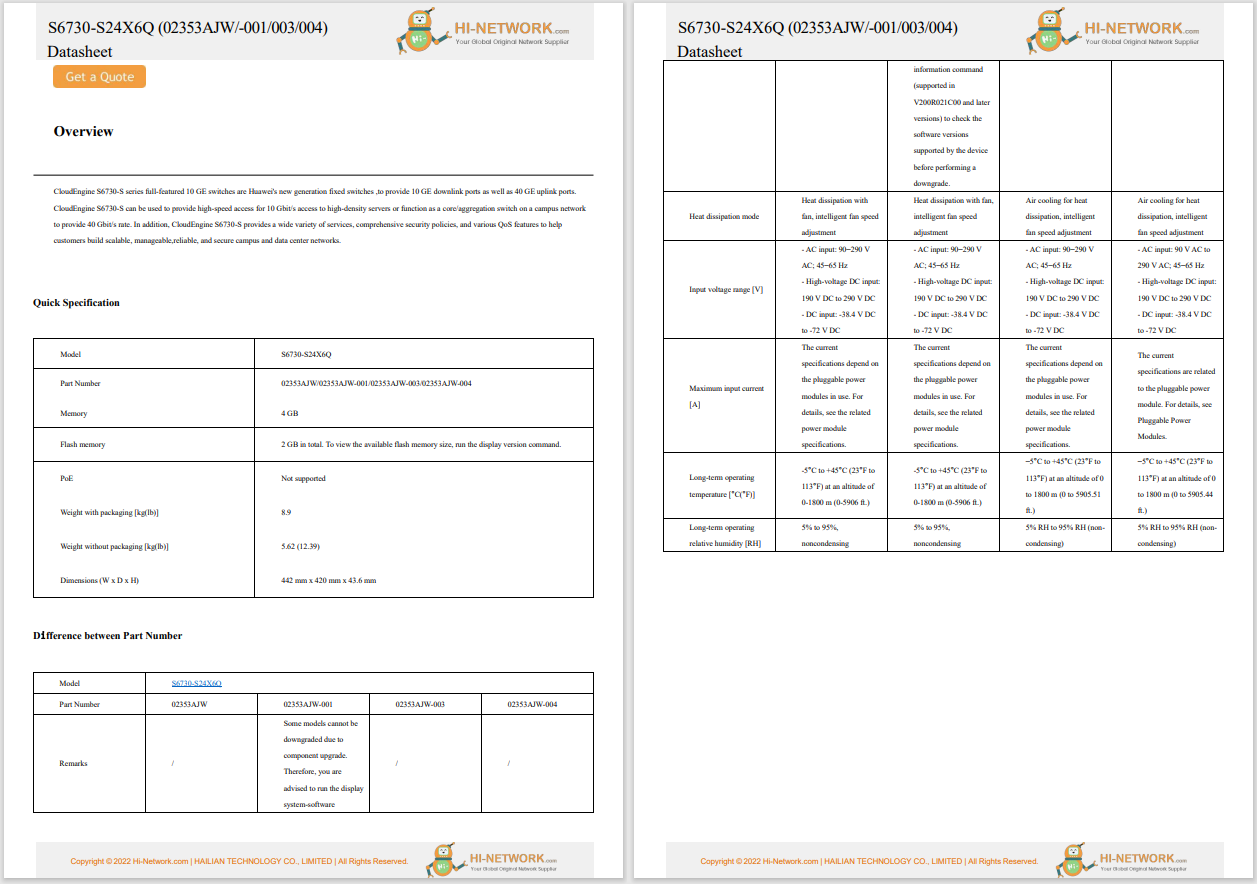

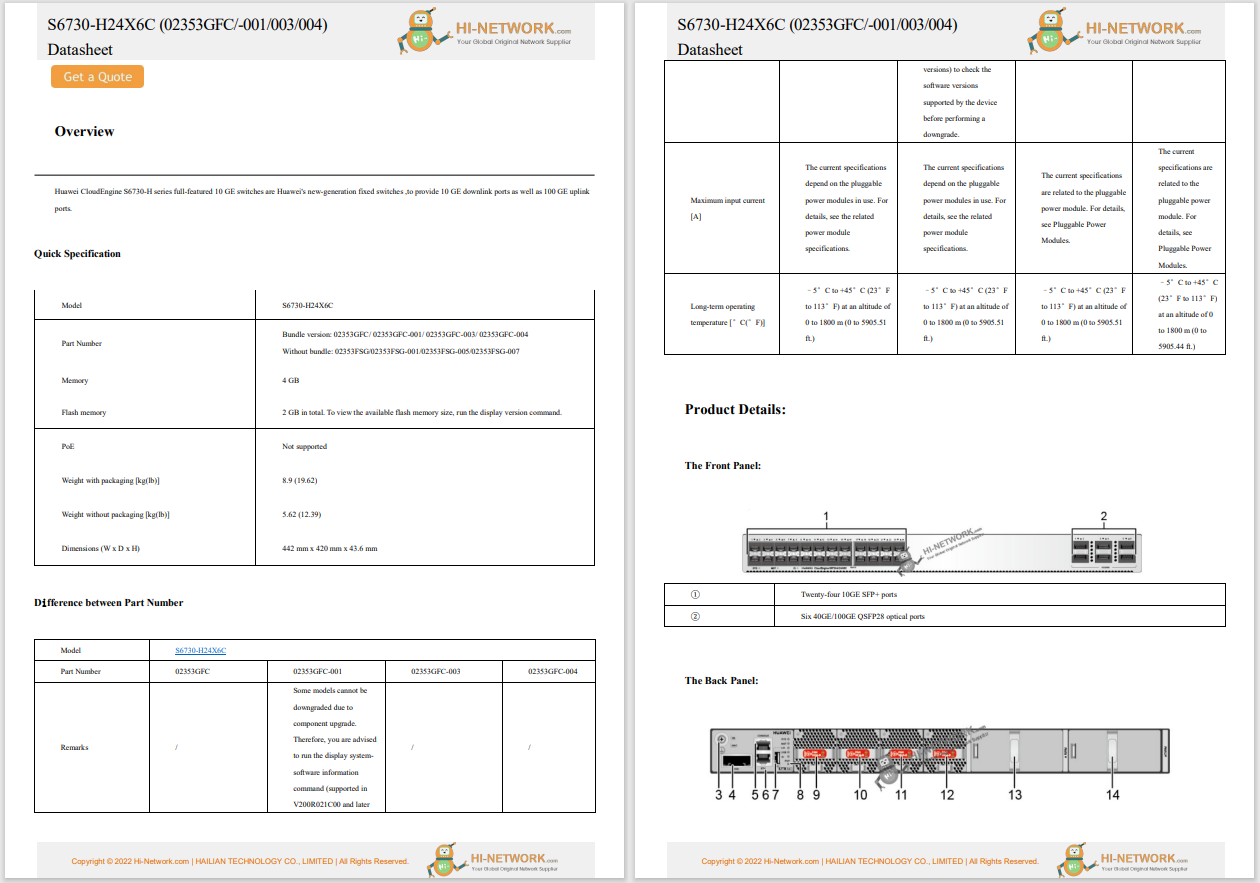

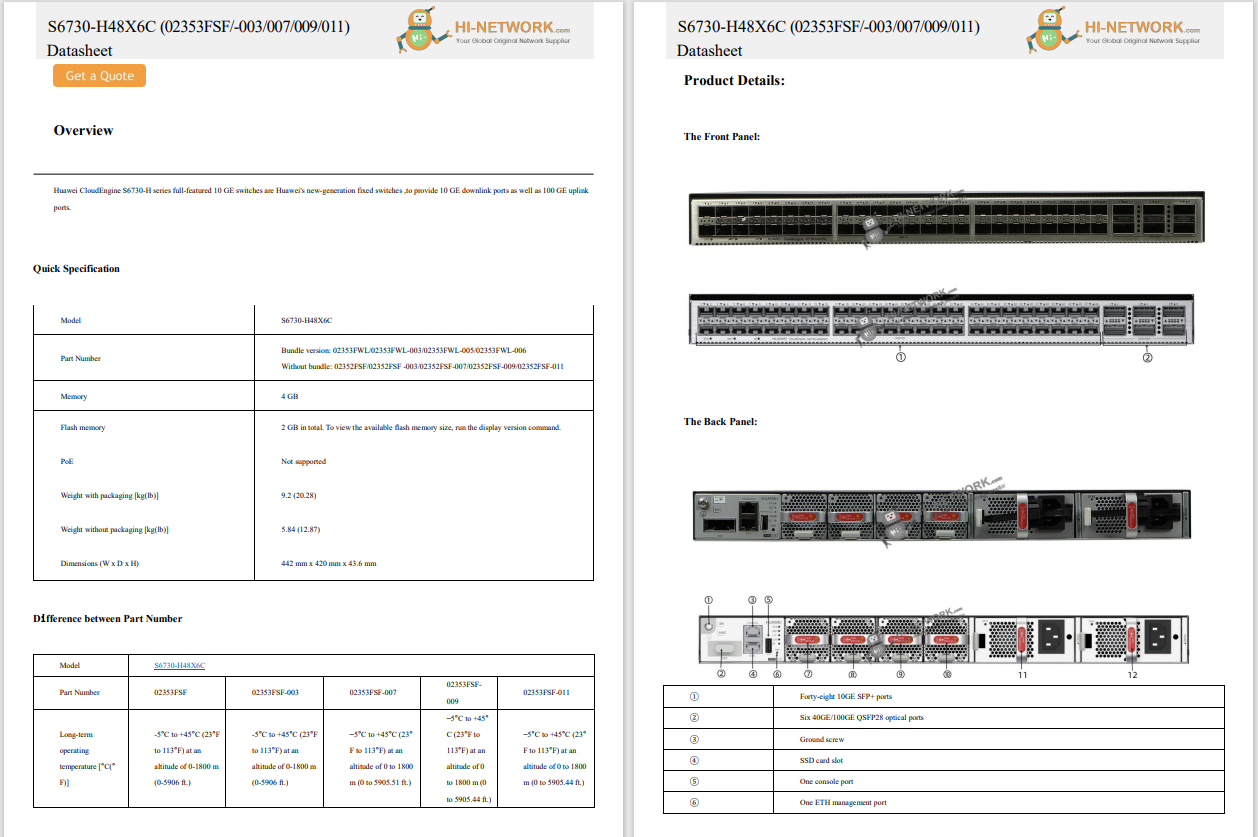
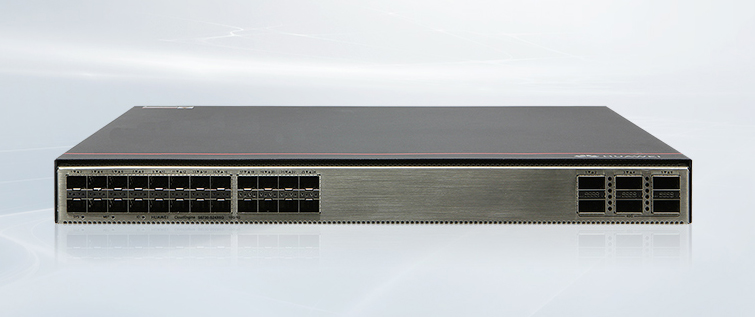



My themed Android keyboard is spacy.
I knew it was only a matter of time before Android had its own terminal app.
Little did I know that Google would use the Android Virtualization Framework (AVF) to run a local virtual machine, powered by Debian, to give users access to a lot of powerful commands, even a package manager. And I am 100% on board with the addition.
Also: 5 Linux terminal apps better than your default
With the Linux terminal on Android, you can do so much more (assuming you are comfortable with the Linux command line). If this sounds like something you want to add to your Android phone, keep reading, and you will find out how.
What you'll need: The only thing you will need for this is an updated Android device. If you do not find the option on your phone, it means you are either running an older version of Android or the terminal app has not made its way to your phone.
To enable the terminal app, you must first enable developer options. To do this, go to Settings > About Phone and tap "Build number" seven times. You will receive notification that your phone now has developer options enabled.
Also: How to run Android apps on Linux
Once you have enabled developer options, you will then need to enable the Linux developer environment. To do that, go to Settings > System > Developer Options > Linux development environment. On that page, tap the On/Off slider until it is in the On position.
Also: How to connect Linux and Android - and why you should
You won't be able to access this page until the development options have been enabled.
Now that it is enabled, you will find a launcher for the new Terminal app. Tap that, and a new window will open prompting you to install the terminal app. This will download roughly 500 MB of data, so you might want to wait until you are on Wi-Fi (if you have a restrictive data plan). When that completes, the terminal will open, and you will find yourself at a familiar prompt.
Also: The first 5 Linux commands every new user should learn
You can also enable notifications for the terminal here.
The first thing I did with the new Linux environment was to install SSH, which would allow me to SSH into any remote machine I needed from the convenience of my phone. Here is how I installed SSH on my Android phone.
If you do not already have the terminal app open, open it now.
Before you can install SSH, you have to update apt with the command:
sudo apt update
Notice that you have to make use of sudo. Interestingly enough, you do not have to supply a user password (because there is none), which means the default user has full admin rights (meaning-- be careful).
To install SSH, the command is:
Also: How to generate random passwords from the Linux command line
sudo apt install ssh -y
Type that command carefully. I do not type well on a phone, so I had to verify/retype, verify/retype, and verify/retype until I got it right. Tap the Enter key, and the command will launch, installing SSH for your Linux environment. Once installed, you can use SSH exactly as you would on a full-blown Linux desktop. I immediately connected with my desktop to verify it worked.
Using Secure Shell on Android is the same as it is on Linux.
In theory, you could install any Linux app you want, including a full desktop environment. I have yet to attempt that, but you know I will be giving it a try very soon.
Also: 5 best Linux commands for troubleshooting problems (and how I use them)
Keep in mind that this app is still rather young, so it will go through some growing pains at first. I have been using the terminal app for about a week and have found it to be pretty solid. We will see how well it stands up to installing more and more Linux apps very soon.
Get the morning's top stories in your inbox each day with ourTech Today newsletter.
 Etiquetas calientes:
tecnología
Servicios y Software
Sistemas operativos
Etiquetas calientes:
tecnología
Servicios y Software
Sistemas operativos